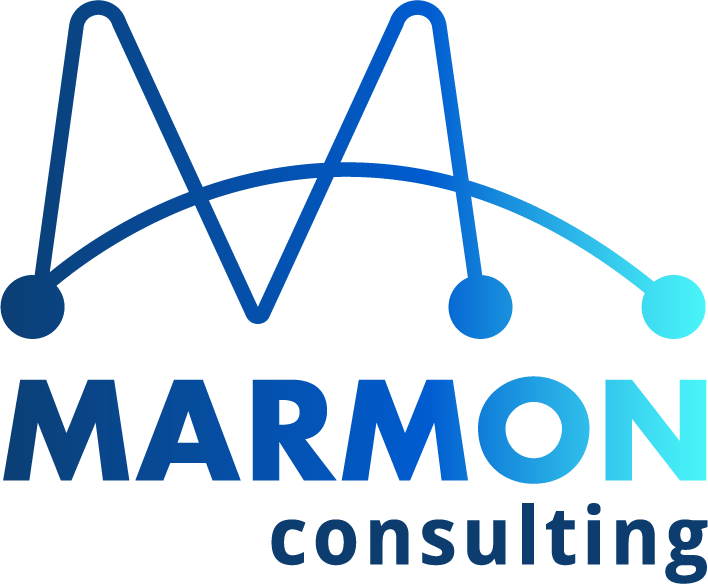Blog


Pam Marmon
How to Choose Your Outlook on Organizational Change
The following is adapted from Speak Up or Stay Stuck.
When change happens in the workplace, we can choose our outlook.
Some organizational changes could be perceived as negative, such as layoffs or transition of key leaders who leave a void in their absence. How could one find those situations as a gift or opportunity? Opportunities could certainly be waiting to unfold with the proper perspective and time.
In hindsight, we get clarity and appreciation for our circumstances. Perhaps a layoff offers the opportunity for a more fulfilling job. Perhaps a new senior leader provides interactions that propel your career forward faster. Perhaps a new team gives you insights into new ways of working together. Could a fresh perspective help you see your circumstances differently?
Below, I’ll offer some tips for discovering that fresh perspective and focusing on the positive elements of organizational change.
Ask Three Crucial Questions
In the book Soundtracks, Jon Acuff offers a solution for challenging and overcoming persistent negative thoughts that derail your progress. When a negative thought arises, ask yourself three important questions:
1. Is it true? Acuff explains, “One of the greatest mistakes you can make in life is assuming all your thoughts are true.” Don’t believe everything you think. It’s simply not all true, and we all benefit from having wise counsel to steer us when our thoughts go astray.
2. Is it helpful? Ask yourself, “Does it move you forward or keep you stuck? Does it lead to a decision or limit a decision? Does it generate action or apathy?” Don’t dwell on thoughts that are not propelling you and your organization forward. Simply let them go.
3. Is it kind? According to Acuff, the follow-up to this question is, “Do you feel better about yourself? Are you encouraged about your life and your opportunities?” Focus your mental energy on generating kind thoughts that empower you.
When you adopt the positive message that change happens for your benefit and there is always something you can learn, you’ll start to see more opportunities unfold in your life.
Assess Your Mindset
In addition to Acuff’s three situational questions, here are some general questions that will help you assess your mindset. Your answers will not only give you a sense of your current perspective, but they will also offer clues to how you might shift to a more positive, forward-looking mindset.
- What is your perspective on the changes taking place in your workplace?
- Have you considered every possible challenge, benefit, and likely outcome?
- Have you given permission for your past change experiences to rule over your mindset?
- Have you allowed yourself to lead with fear?
- Sometimes all that is asked of us is to take the next step forward. What is the next step you need to take?
Acknowledge the impact of your mindset and the lies that you may have believed regarding your senior leaders and yourself during organizational change.
Practice Gratitude
A posture of gratitude is one way to alter your perspective about your workplace circumstances, such as an organizational change. Gratitude is about appreciating what is rather than focusing on what is not.
List ten things you are grateful for in your workplace.
This simple exercise is the beginning of your journey to a new perspective and appreciation of workplace change. An attitude of gratitude, especially in challenging workplace moments when you want to be upset, and perhaps rightfully so, will give you a positive outlook and improve your overall experience of change in the workplace.
Remember That You’re the Hero
You are the hero in your story. You decide how you want to live your life. Behave as if you are already that person. Imagine what you would look like. Paint an image of who you want to be, and guard your mind against thoughts that set you back.
You control your destiny, so don’t give your power to anyone else. Take responsibility for your life, and don’t base your value on anyone else’s perspective. And when you don’t feel like being a hero, behave like one anyway. Only then will you change your world and live a fulfilling life of satisfaction and happiness.
How Will Organizational Change Transform You?
We must redefine how we view organizational change—no matter how big or small—and examine our attitudes. When we believe that we have control of our responses to organizational change, we build change agility and can adapt to our circumstances with greater ease.
You have control over your work. Change is not happening to you; change is happening for you.
Once you choose this outlook, you will begin to see that change can enable you to reach your next level on your transformation journey. Allow change to be your teacher. Change will transform your work, your team, your organization. But something is more important to acknowledge: organizational change will transform you. How? That’s for you to decide.
For more advice on workplace change, you can find Speak Up or Stay Stuck on Amazon.
Pam Marmon is the CEO of Marmon Consulting, a change management consulting firm that provides strategy and execution services to help companies transform. From executives at Fortune 100s to influencers at all levels, Pam helps leaders achieve lasting organizational change with minimal disruption. She is also the bestselling author of No One’s Listening and It’s Your Fault, a book that equips leaders to get their message heard during organizational transformations, and the creator of the LESS change management framework. Pam and her family live in Franklin, Tennessee, and chase adventures wherever the road takes them.
